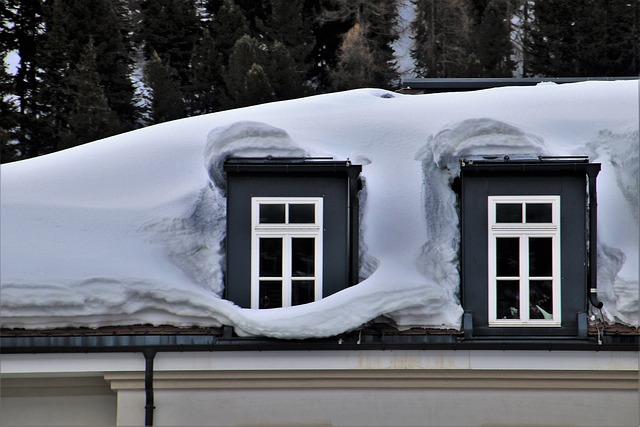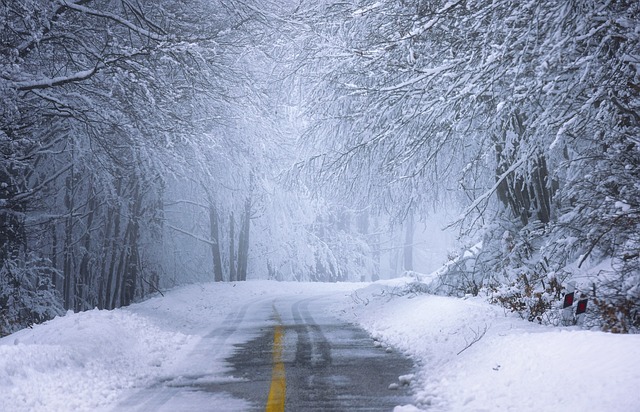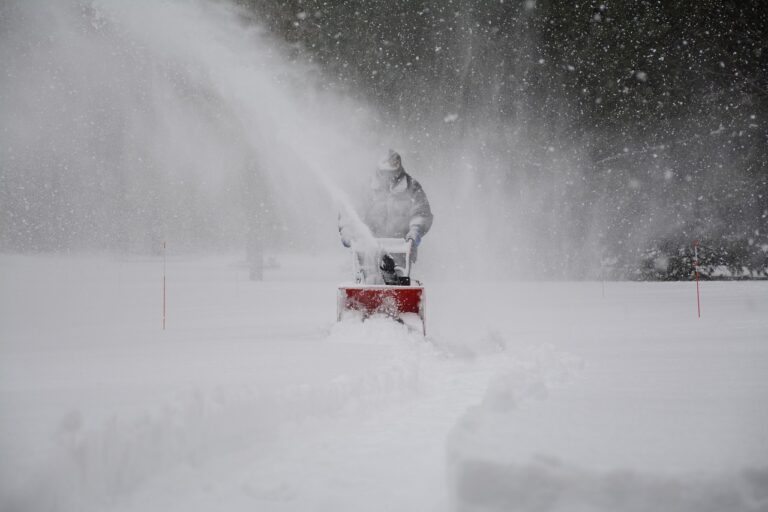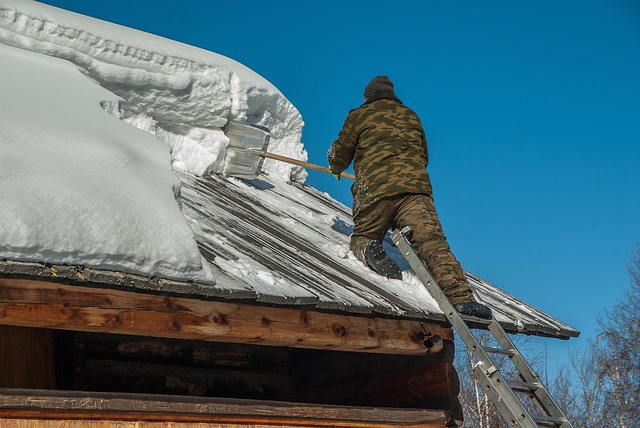How to Prevent Ice Dams: Protecting Your Rochester Mn Home
Ice dams are a common nuisance in cold climates, posing a threat to the integrity of your home. Understanding what ice dams are, how they form, and taking effective preventive measures is vital. In this comprehensive guide on How to Prevent Ice Dams, Protecting Your Rochester Mn Home, we’ll delve into the world of ice dams and provide expert advice on how to keep them at bay.
Living in the picturesque, snow-covered landscapes of Minnesota can be a dream come true, but with it comes the challenge of dealing with ice dams. These icy formations can wreak havoc on your home, causing damage to your roof, walls, and more. It’s essential to arm yourself with knowledge to protect your home. In this article, we’ll explain what ice dams are, how they form, and the most effective ways to prevent them.
What Are Ice Dams?
Ice dams are ridge-like formations of ice that accumulate at the edge of your roof, typically in the gutters. They occur when snow on the roof’s upper, warmer portion melts, and the resulting water flows down towards the colder eaves of the roof, where it refreezes. Over time, this process creates a dam of ice, which can trap melting snow and lead to water leakage into your home.
Ice dams are notorious for causing significant damage to homes. They can lead to:
- Roof Damage: The weight of ice dams can damage your roof’s structure and shingles.
- Interior Damage: Leaking water can seep into your attic and interior walls, causing stains, rot, and even mold growth.
- Gutter and Downspout Damage: The weight of ice dams can damage gutters and downspouts.
Now that we’ve established what ice dams are and why they’re problematic, let’s delve into the science of how they form.
How Do Ice Dams Form?
To prevent ice dams effectively, you need to understand the factors that contribute to their formation. The formation of ice dams is driven by a combination of weather conditions, attic insulation, and ventilation.
Weather Conditions
In Minnesota, the winter climate provides the ideal conditions for ice dams. The process typically unfolds like this:
- Snow Accumulation: As snow accumulates on your roof, it acts as an insulator, trapping heat from your home.
- Roof Heat: Heat from your home rises to the roof and warms the underside, causing the snow on the upper part of the roof to melt.
- Freezing Eaves: As the melted snowwater flows towards the eaves (the roof’s edges), it encounters colder temperatures, causing it to freeze and form ice dams.
Attic Insulation
A key factor contributing to ice dam formation is the insulation in your attic. A poorly insulated attic allows heat to escape into the attic space, warming the roof and promoting snowmelt. To prevent this, ensure your attic has proper insulation. A well-insulated attic keeps the warm air inside your home, reducing the heat that escapes to the roof.
Attic Ventilation
Ventilation in the attic is equally important. Proper ventilation helps maintain a consistent temperature in the attic space. This can be achieved through soffit and ridge vents, which facilitate the movement of air through the attic. An evenly ventilated attic prevents hot spots that can lead to localized snowmelt.
To summarize, the interplay of weather conditions, attic insulation, and ventilation is the recipe for ice dam formation. Now, let’s move on to the core of this article: how to prevent ice dams.
How to Prevent Ice Dams: Protecting Your Rochester Mn Home
Preventing ice dams requires a multi-faceted approach that addresses the root causes of their formation. Here are some expert strategies to keep your home ice-dam-free.
1. Proper Attic Insulation
| Location | Recommended R-Value |
|---|---|
| Ceiling | R-49 to R-60 |
| Attic Floor | R-38 to R-49 |
| Attic Kneewalls | R-20 to R-21 |
Proper attic insulation is the first line of defense against ice dams. The table above provides recommended R-values for different locations in your attic. Consult a professional insulation expert to ensure your home meets these guidelines. Adequate insulation minimizes heat loss, keeping your attic cold and reducing the risk of ice dam formation.
2. Enhance Attic Ventilation
| Roof Pitch | Minimum Ventilation Ratio |
|---|---|
| 2/12 to 4/12 | 1:150 |
| 5/12 to 12/12 | 1:300 |
| Complex Roof Design | Consult a Professional |
Proper attic ventilation ensures a consistent temperature in your attic space. The table above provides recommended ventilation ratios based on roof pitch. A qualified contractor can assess your roof’s design and determine the most suitable ventilation strategy for your home.
3. Seal Air Leaks
Inspect your home for air leaks and seal them to prevent warm air from escaping into your attic. Common areas of concern include gaps around chimneys, plumbing stacks, and electrical wiring. Use weather-stripping and caulk to seal these gaps effectively.
4. Clear Your Gutters and Downspouts
Regularly clean your gutters and downspouts to ensure proper drainage. A clear drainage system helps meltwater flow away from your roof, reducing the chances of ice dam formation.
5. Install Ice and Water Shield
Consider installing an ice and water shield membrane on your roof. This acts as an additional barrier against ice dams and helps prevent water infiltration into your home.
6. Use Snow Rakes
Snow rakes are handy tools for removing excess snow from your roof. Use a snow rake with the features listed in to safely clear accumulated snow, reducing the load that contributes to ice dam formation.
7. Consult a Professional
For complex roofing systems or persistent ice dam issues, it’s advisable to consult a professional snow removal expert. They can assess your specific situation and recommend tailored solutions to prevent ice dams.
Conclusion
Living in Minnesota’s cold climate brings its share of challenges, including ice dams. However, with the right knowledge and proactive measures, you can effectively prevent ice dams and protect your home from potential damage. Remember, a well-insulated attic, proper ventilation, and regular maintenance are your best allies in the fight against ice dams. By following these expert strategies, you can enjoy a cozy, ice dam-free winter in your Minnesota home.




